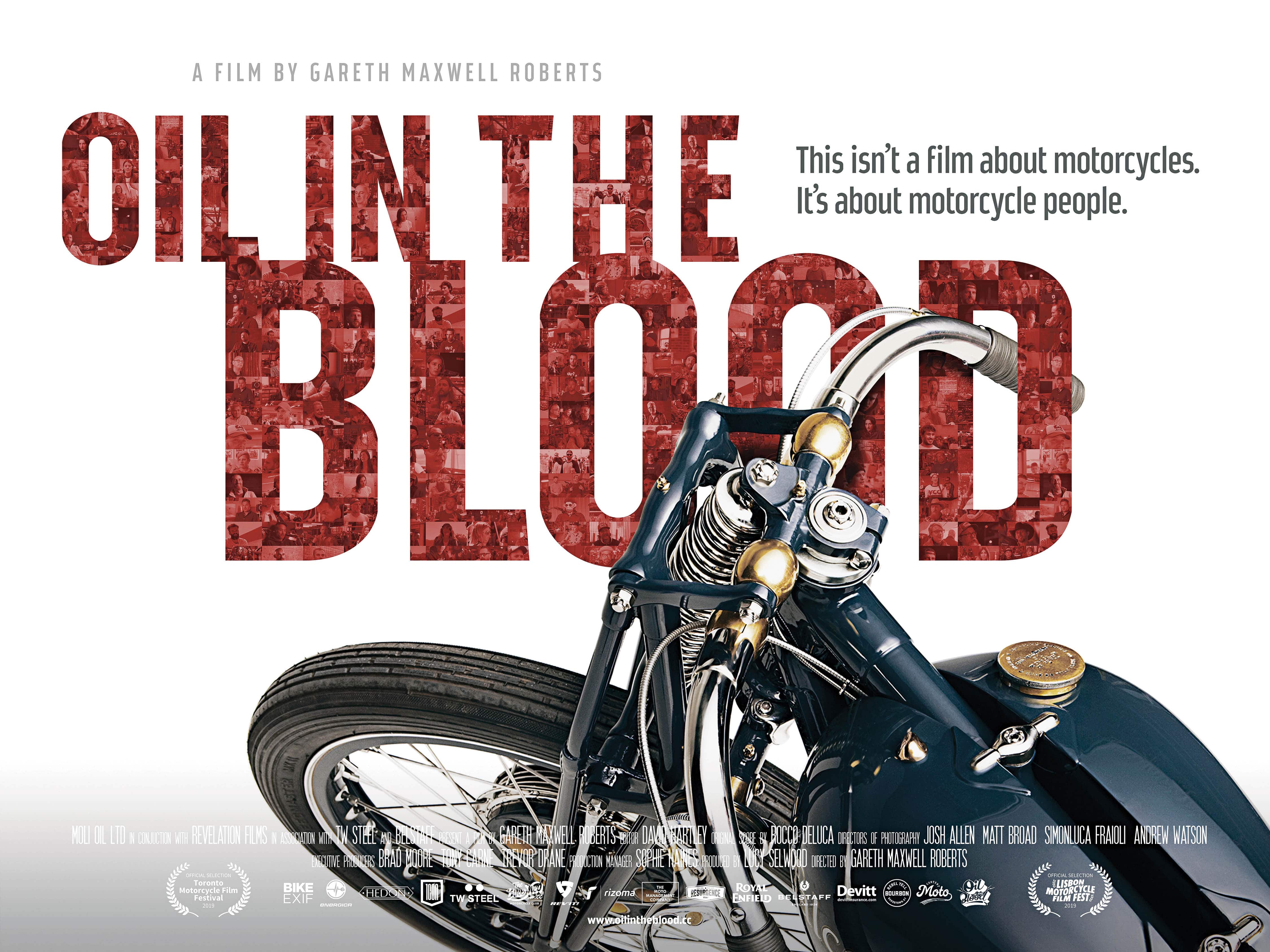The documentary film White Knuckle: The Story of the Motorcycle Cannonball takes you on the 2010 Motorcycle Cannonball, which started in Kitty Hawk, North Carolina, and ended in Santa Monica, California—a total of 3,294 miles on pre-1916 motorcycles. The Motorcycle Cannonball was named in honor of E.G. (Erwin George) “Cannonball” Baker, who in 1913 rode an Indian Motorcycle across the nation in 11 days, 12 hours and 10 minutes. It was also in memory of motocross pioneer and stunt rider Bud Ekins, who spoke about wanting to do an antique-era, cross-country bike run, but passed away a couple of years prior to the run.
The 2010 Motorcycle Cannonball took 16 days on the road and covered 11 states, with each stage (day) covering a predetermined amount of miles on secondary roads. This film features riders Bill Nugent on a 1913 Sears motorcycle (now on display at Woodstock Harley-Davidson in Kingston, New York), Sean Brayton on a 1911 Indian, Jon Szalay riding a 1911 Harley-Davidson and many more.
This film may be the only time vintage enthusiasts actually get to see and hear these antique motorcycles (some over 100 years old) on the road and not in a museum somewhere. You will see what it took just to keep both the riders and bikes going day to day on each scheduled leg of the trip. Jon Szalay said, “It’s like a boot camp for owning these antique motorcycles; what you’re likely to find out makes you a better restorer.”
Along the way the video shows riders stopping at a tire store and a motorcycle museum to repair their bikes, with many of the facilities donating (or making) parts for them. In Tennessee, a shoe repair store sewed the belt for Szalay’s 1911 Harley for $8.
The film also depicts various riders helping each other repair bikes broken down on the side of the highway. Again, remember that many of these bikes are more than 100 years old. In fact, Harley aficionados will notice an original Harley belt drive on Szalay’s 1911 Harley—made of leather and not Kevlar. As Cannonball rider Sean Brayton says in the film, “Nine out of 10 people have never seen a pre-1916 motorcycle.”
I had the opportunity to speak to filmmaker Brian Darwas and he said that he got into filming the video through friend Jared Brouliett, who is a mutual acquaintance of Brayton. In 2010, Jared called him while he was at work in his shop. Jared knew that he had done a hot-rod documentary, The Devil at Your Feet, a few years prior about two traditional hot rod clubs. Brouliett told Darwas that Brayton was building a 1911 Indian that he was going to ride in the 2010 Motorcycle Cannonball and thought Darwas should go along and film it. Darwas said he then called Brayton, who happen to be in the final assembly of the bike, and asked him if it was true about the Cannonball. Darwas said, “I grabbed my camera and drove up (from the Bronx) to Rhode Island to film the Indian starting up for the first time, plus the last minute odds and ends that he needed to do before the run.” The bike started up on the first kick and Darwas said, “About a week later we were on the road to Kitty Hawk, North Carolina, for the start of the race.” A quote from Darwas on the back cover of the DVD explains why he wanted to make the film: “Since I like to witness pain and suffering, I tagged along and made a movie about the trip.”
Darwas is an award-winning filmmaker who is well known in the hot-rod community. He has been building hot rods since he was 18 years old, and owns and operates Atomic Hot Rods in the Bronx, New York. He is also member of the Rumblers Hot Rod and Kustom Car Club in New York City. In addition to building hot rods and filmmaking, Brian has also traveled the country as a musician. His awards include Best Documentary at the Berkeley Film Festival in 2008 for his film titled The Road to Bonneville, Best Documentary at the 2009 Hot Rod Monsters Film Festival for The Devil at Your Feet, and White Knuckle: The Story of the Motorcycle Cannonball earned Best Documentary at the 2012 Kingston Film Festival in Kingston, New York.
There’s no doubt that this film is entertaining and informative, and you don’t have to be a fan of antique motorcycles to enjoy it. It’s a great film for those who would like to see just how far your modern motorcycle has come. The early motorcycles were, in some cases, no more than a bicycle with a motor on it. You may want to go back and take the ride again and again just to see and hear these motorcycles on the road—and witnessing what it took to keep them running is worth the price of purchase.
The documentary is filmed in high definition with a running time of about 60 minutes, not including the unedited additional footage. The DVD is available for $24.95 (plus shipping and handling) at www.atomichotrods.com, www.amazon.com or at Woodstock Harley-Davidson on Route 28 in Kingston, New York.















